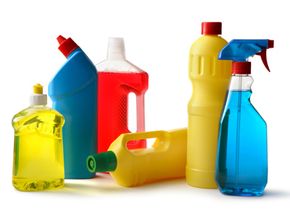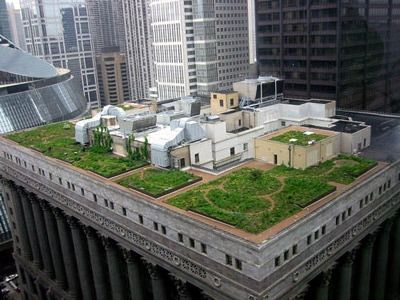Almost all Americans use household cleaning products -- from dish detergents to bathroom cleaners and floor polish to scouring pads. Most of us are exposed to cleaners on a daily basis, according to the Environmental Protection Agency (EPA) [source: Davies]. Even if we don't use cleaners, it's likely we're regularly come into contact with them at work, school or elsewhere.
Unfortunately, cleaners often contain harsh chemicals that can be harmful to our health and planet. Health effects associated with cleaning products include asthma, contact dermatitis, burns to the skin and eyes and inflammation or fluid in the lungs. Long-term repercussions may include reproductive problems, cancer, heart disease and other health issues.
Advertisement
The environment also can fall victim to cleaning products' acrid ingredients. Chemicals in laundry detergents, for example, have been found in 70 percent of streams and waterways throughout the country, and they threaten wildlife, according to Women's Voices for the Earth, a national organization that helps women advocate for a healthy environment [source: Women and Environment]. Some ingredients in cleaners have been directly linked to environmental problems, such as chemicals getting into bodies of water and foaming in streams, according to the EPA, which says some commonly used household cleaner ingredients have room for improvement even today.
Health and environmental concerns have prompted many consumers to push for safer alternatives to cleaning products. In fact, the EPA says Americans are among the main drivers for safer household products. But identifying environmentally safe cleaners can be challenging for consumers. Turn to the next page to find out why.
Advertisement



